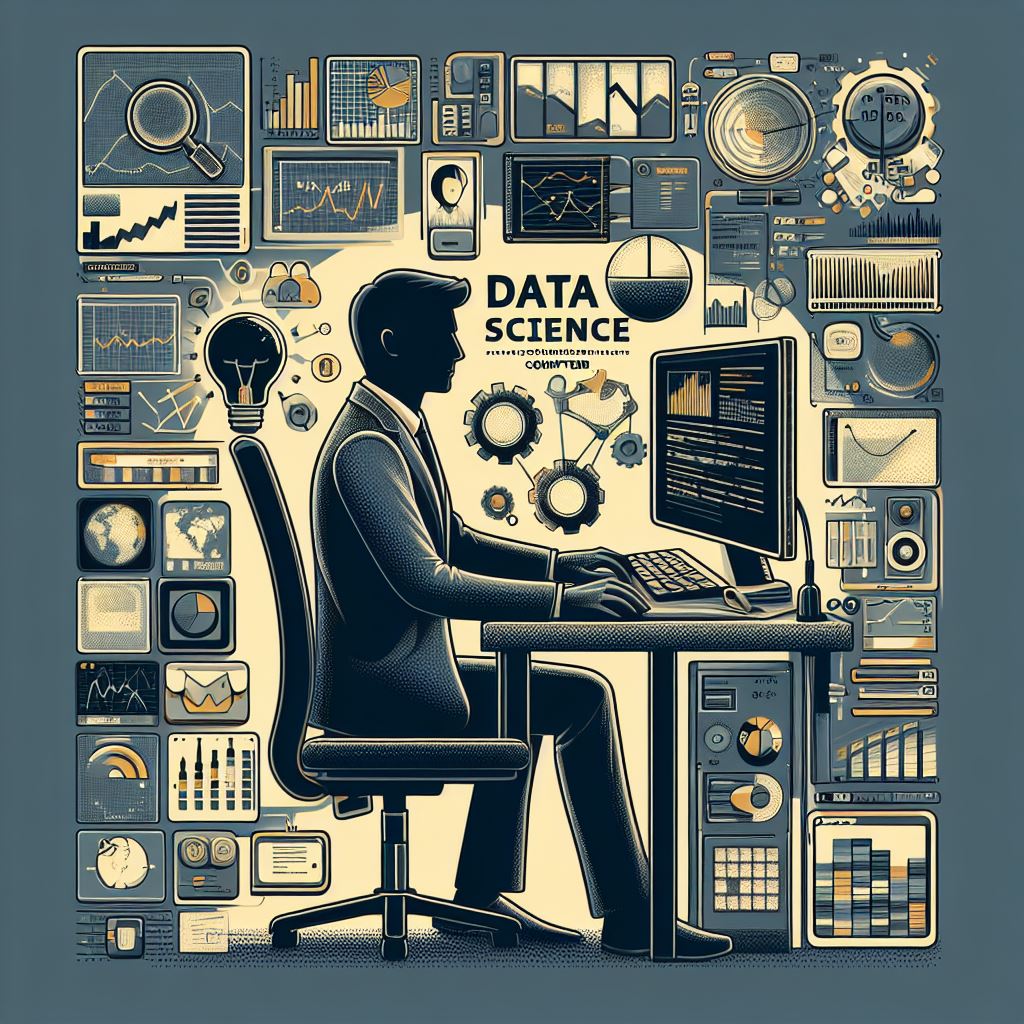Computer vision is revolutionizing industries by enabling machines to interpret and understand the visual world in ways that were once exclusive to humans. This field of artificial intelligence (AI) is transforming sectors such as healthcare, automotive, retail, and agriculture, making it one of the most exciting areas in modern technology.
At its core, computer vision is the science of enabling computers to extract meaningful information from images and videos, and to make decisions based on that data. It involves the development of algorithms that allow machines to recognize objects, track movements, and even understand scenes in real-time. The applications of computer vision are vast and continue to grow as the technology advances.
One of the primary areas where computer vision is making a significant impact is in healthcare. Medical imaging, for instance, has benefited greatly from computer vision technology. Algorithms are now able to analyze X-rays, MRIs, and CT scans to identify signs of diseases such as cancer, helping doctors make more accurate diagnoses. This not only speeds up the diagnostic process but also reduces the chances of human error, leading to better patient outcomes.
In the automotive industry, computer vision is a critical component of autonomous vehicles. Self-driving cars use computer vision to understand their surroundings, identify obstacles, and make decisions about navigation. The technology allows vehicles to “see” pedestrians, other vehicles, road signs, and traffic lights, enabling safer and more efficient driving. As the technology continues to improve, we can expect autonomous vehicles to become more prevalent on the roads.
Retailers are also leveraging computer vision to improve customer experiences and streamline operations. In stores, computer vision can be used for inventory management, tracking products on shelves, and even assisting in checkout. This technology can automatically recognize items, reducing the need for manual barcode scanning, and speeding up the shopping process. Additionally, computer vision is being used for personalized shopping experiences, such as virtual try-ons, where customers can see how clothes, glasses, or accessories would look on them without physically trying them on.
In agriculture, computer vision plays a vital role in precision farming. By analyzing images of crops, farmers can identify issues such as diseases, pests, or nutrient deficiencies early, allowing for timely intervention. Drones equipped with computer vision systems can capture aerial imagery, helping farmers monitor large areas of farmland and make data-driven decisions to improve yields and reduce waste.
As computer vision continues to evolve, it is also being integrated with other technologies like machine learning and deep learning. These advancements allow for more accurate and efficient image recognition, enabling machines to not only recognize objects but also learn from experience. For example, a computer vision system can improve over time by learning from past mistakes and making better predictions based on new data.
The potential of computer vision is immense, and as AI technologies advance, we are only scratching the surface of what can be achieved. However, with this growth comes challenges, such as ensuring the accuracy of the systems and addressing privacy concerns related to the use of surveillance technologies. Despite these hurdles, the future of computer vision looks incredibly promising, with its ability to improve lives and transform industries in ways we can only begin to imagine.
